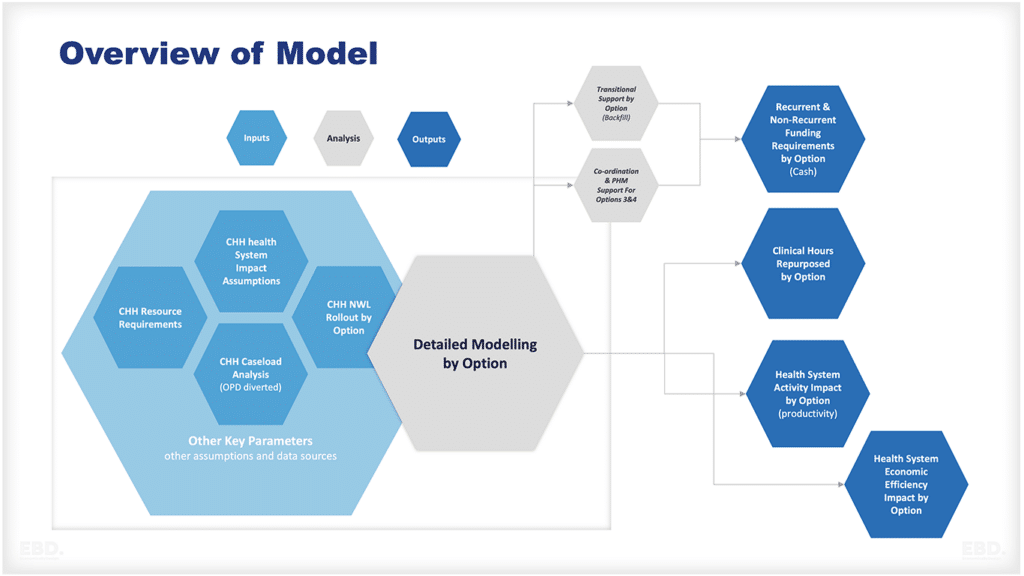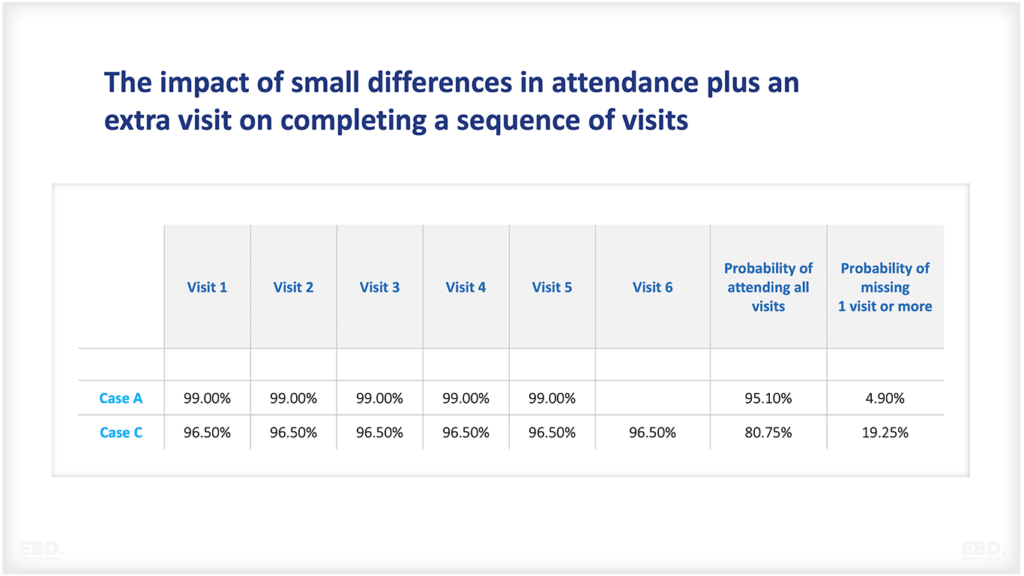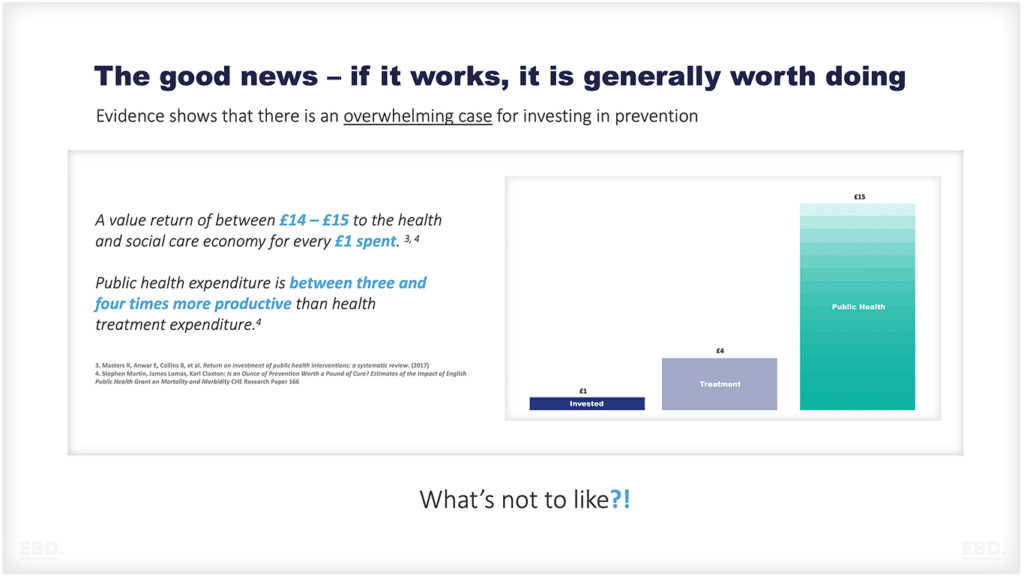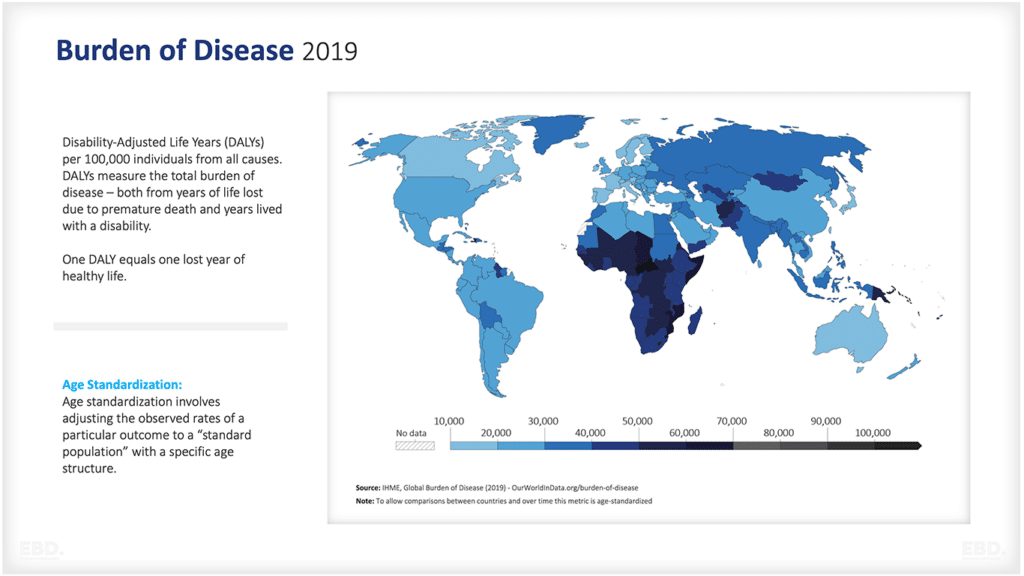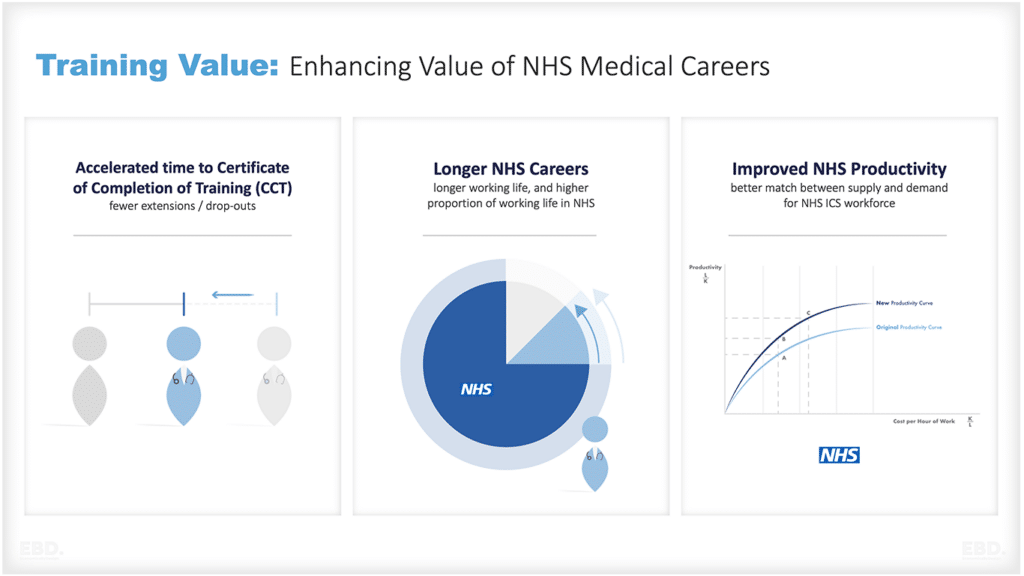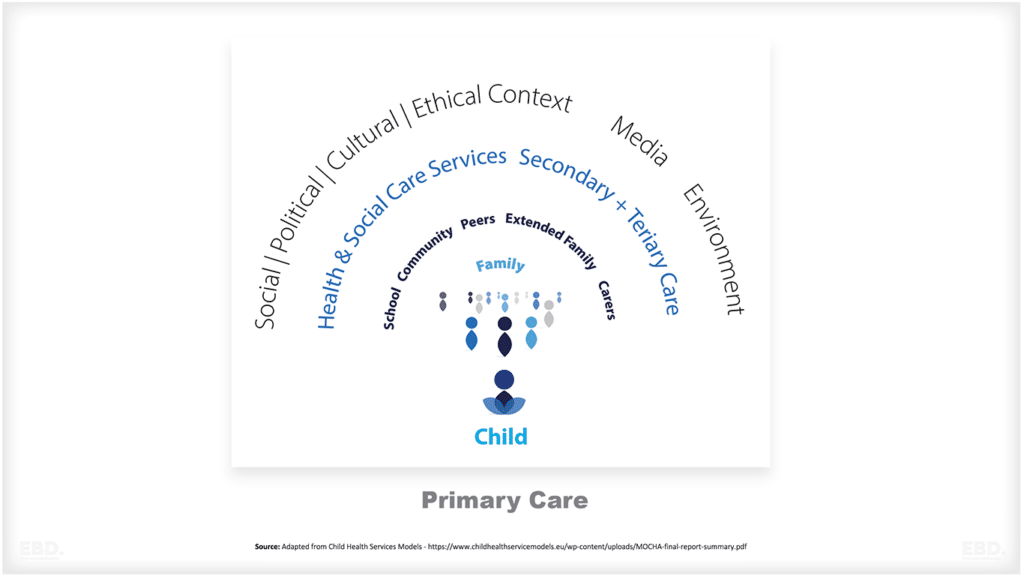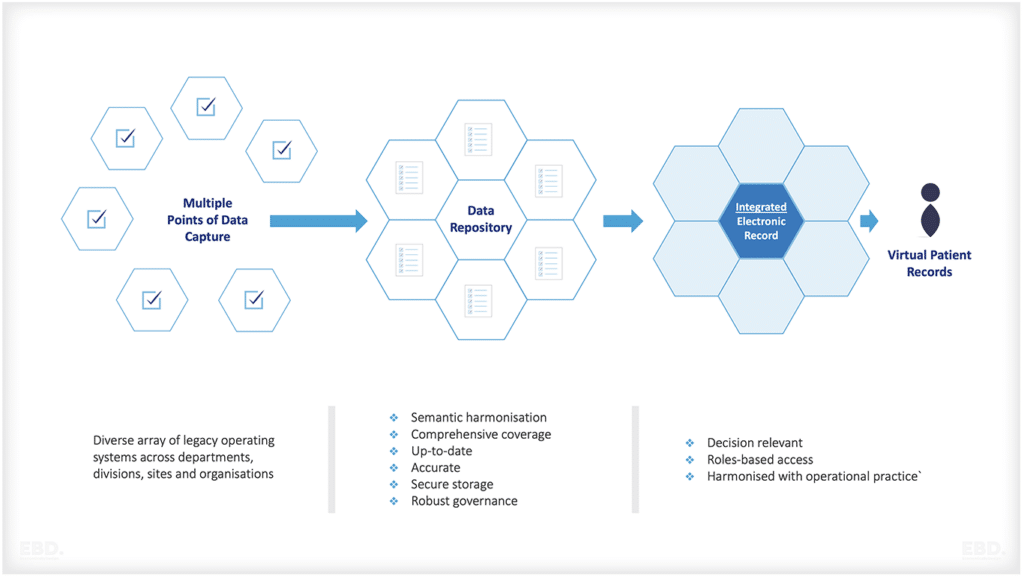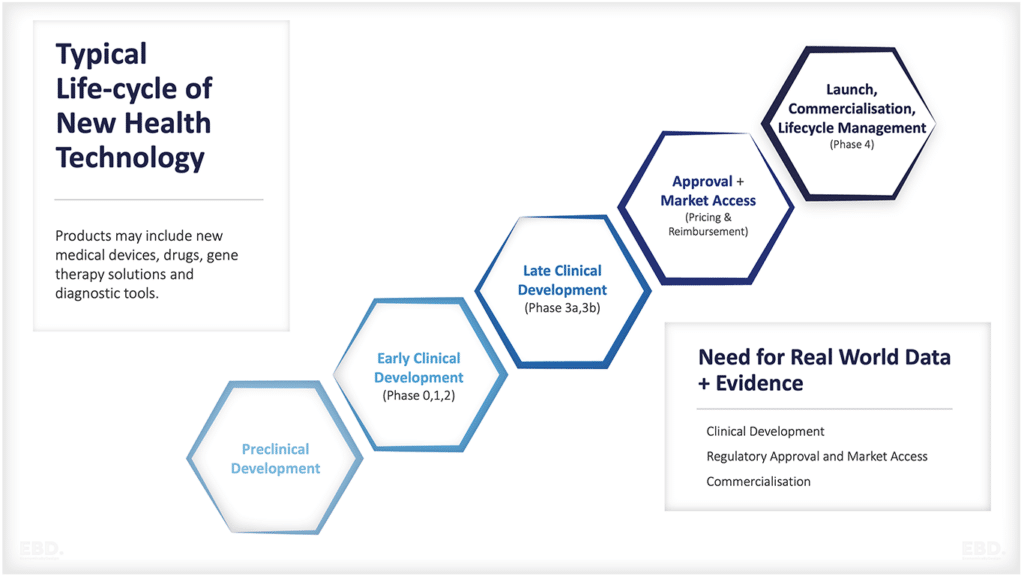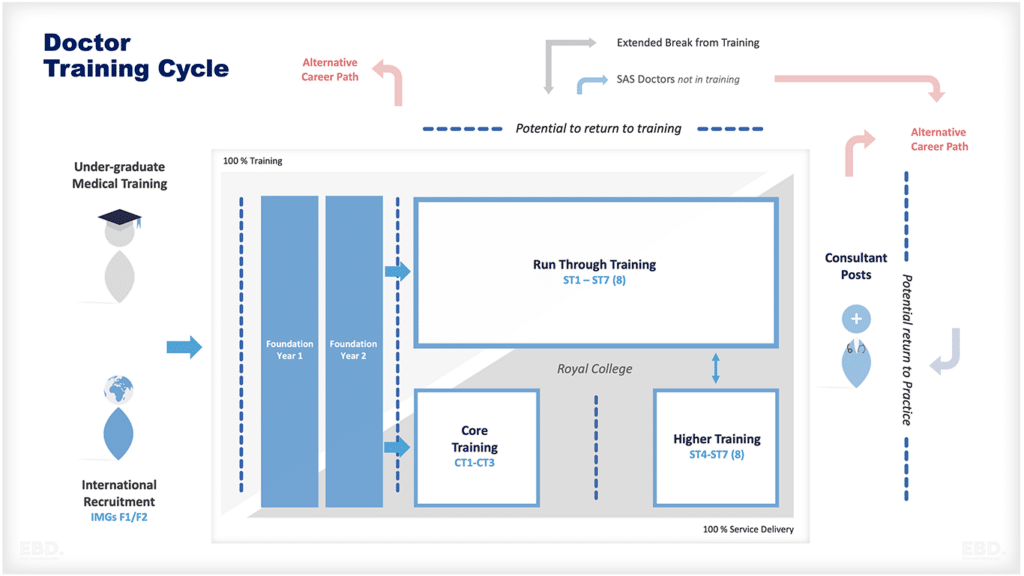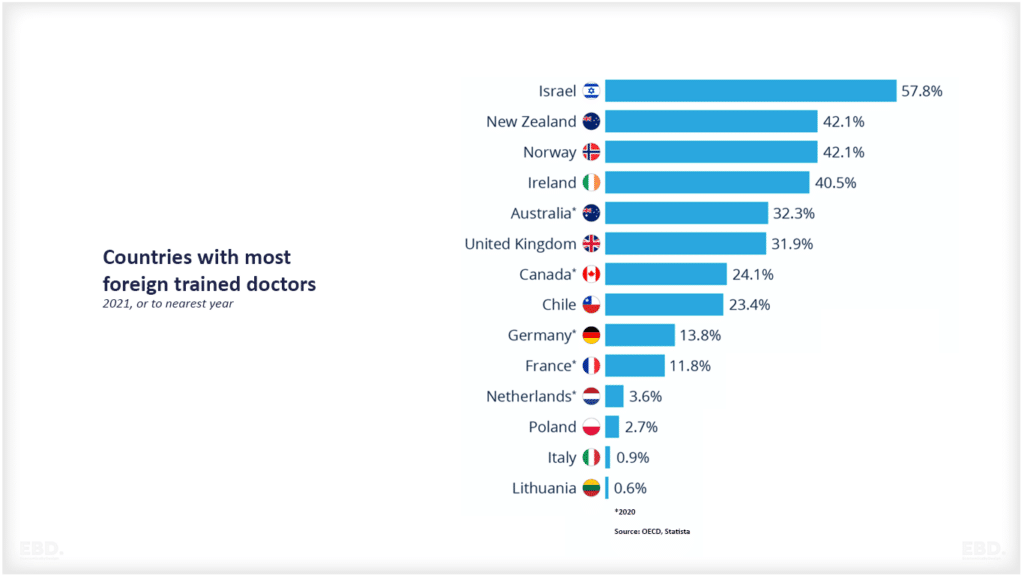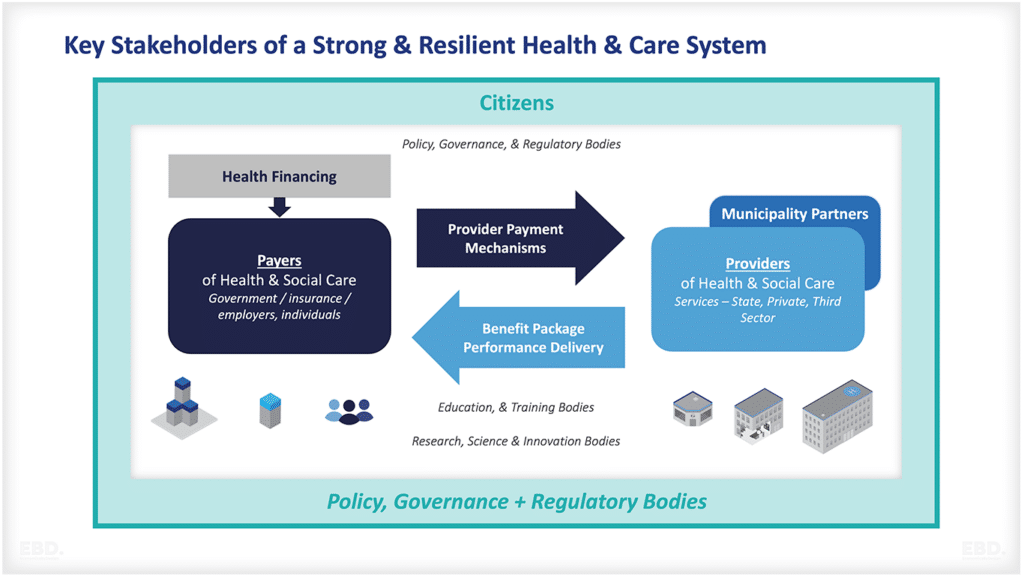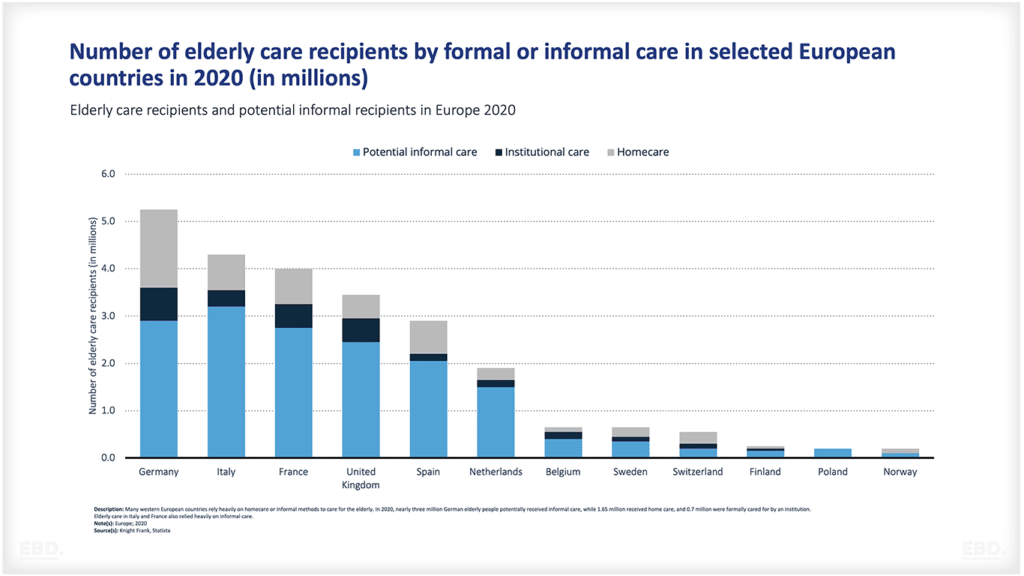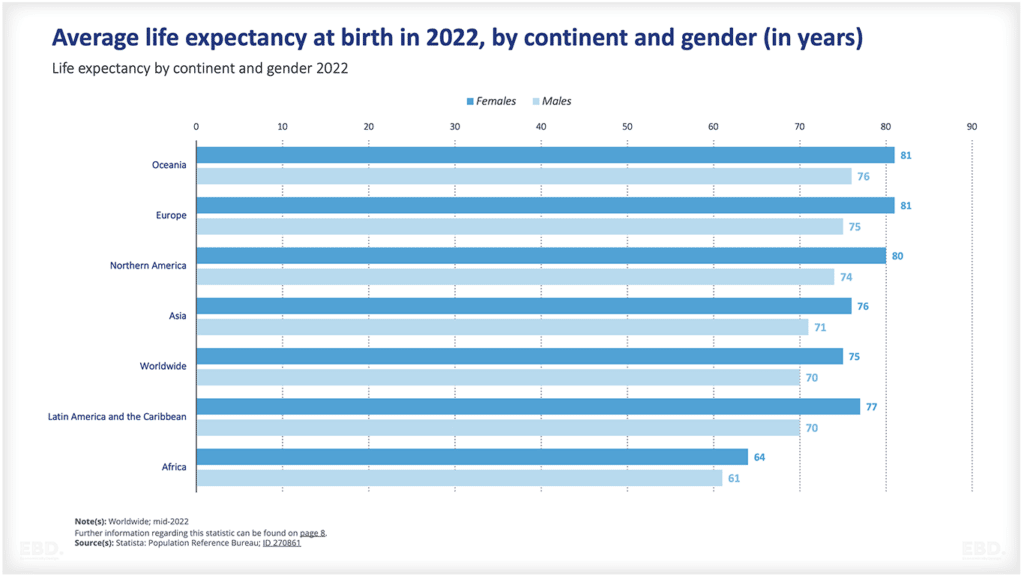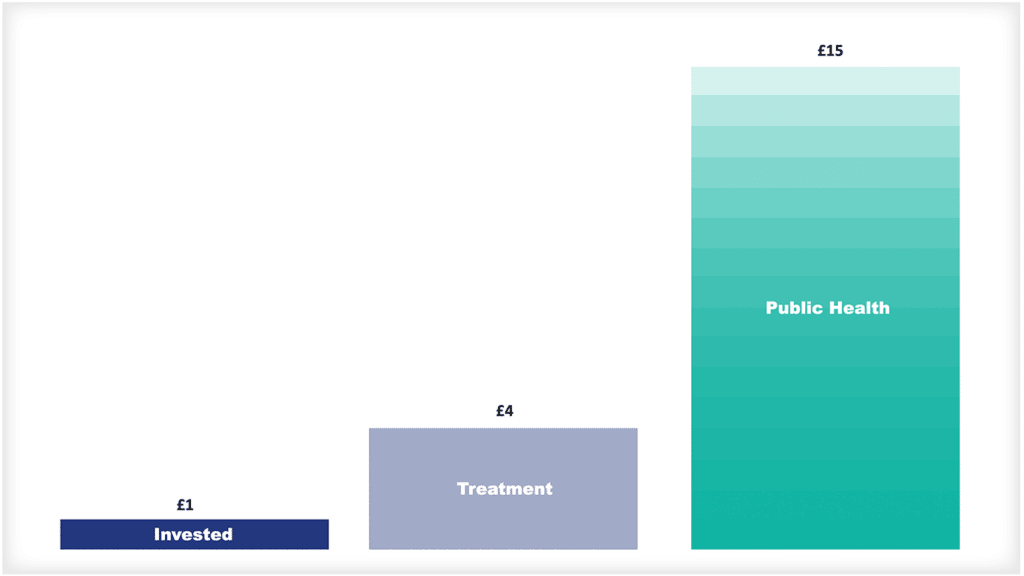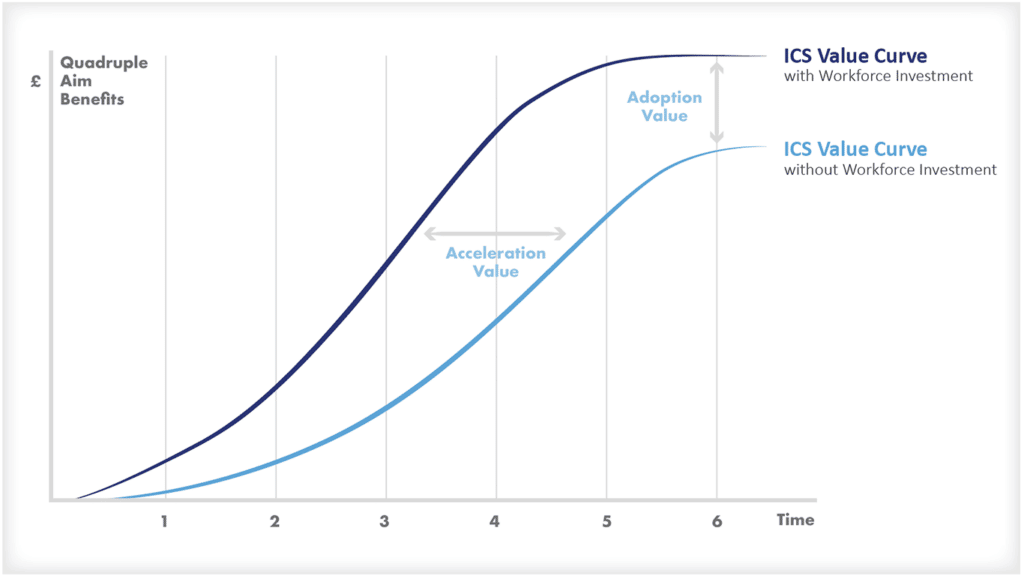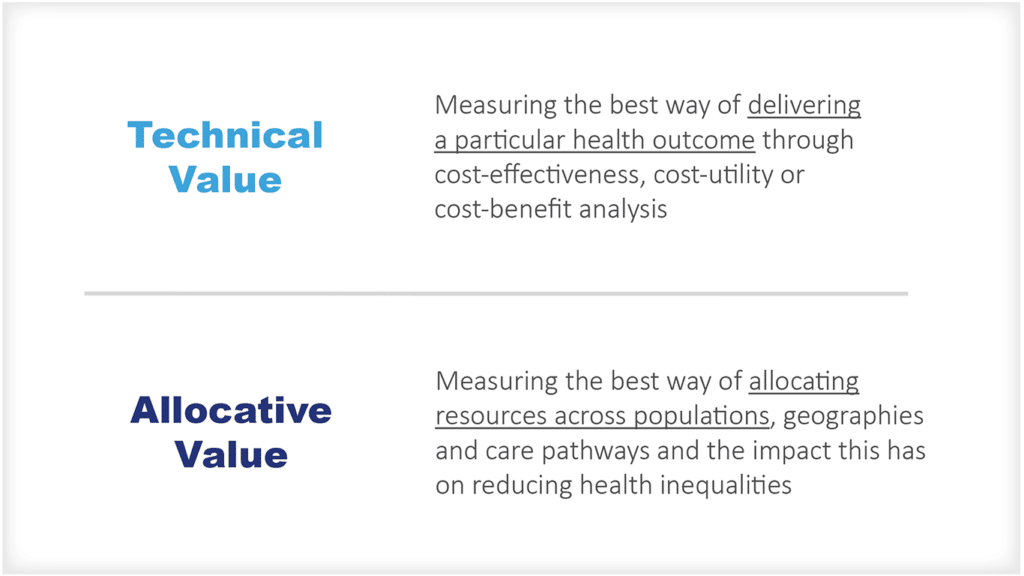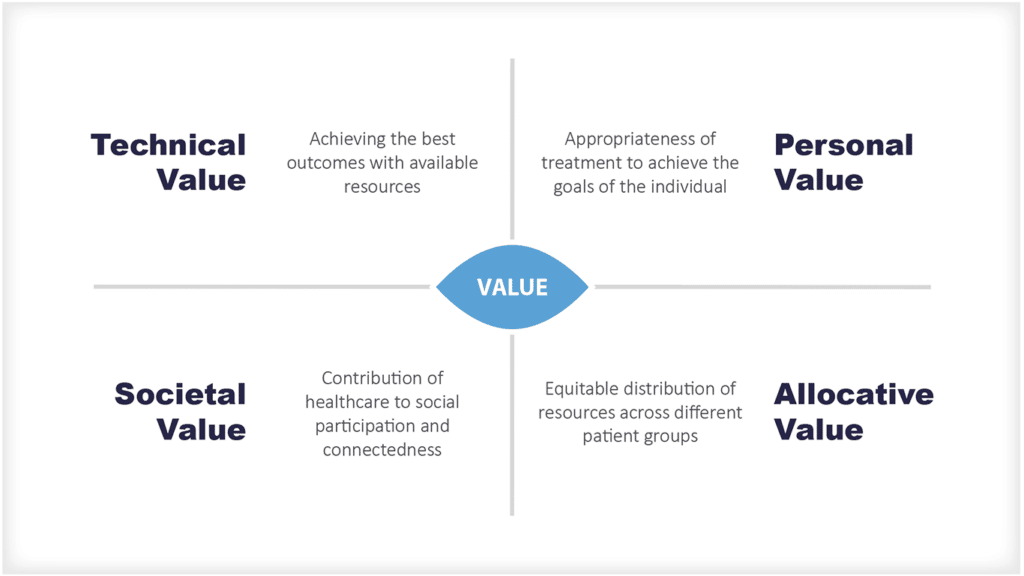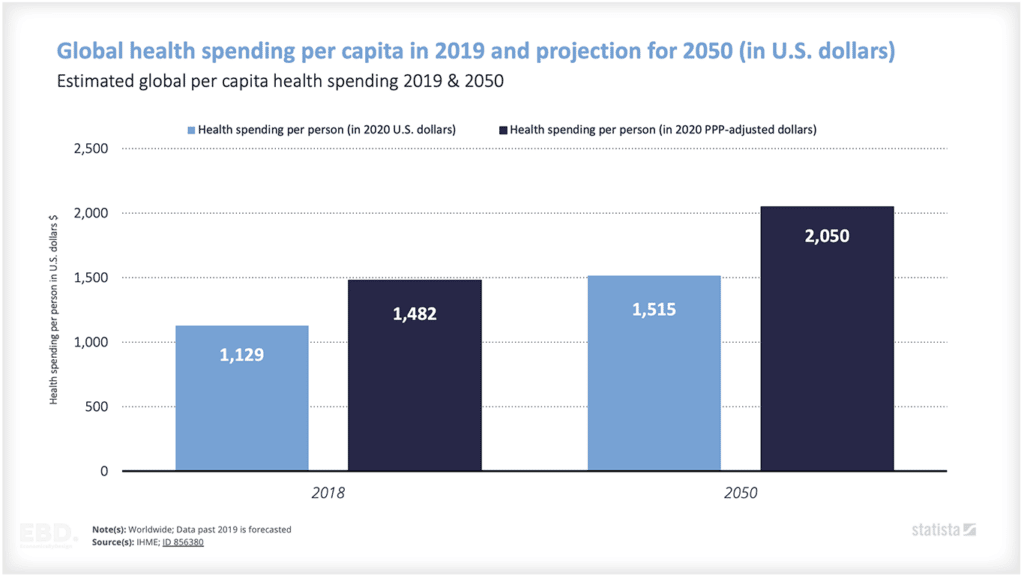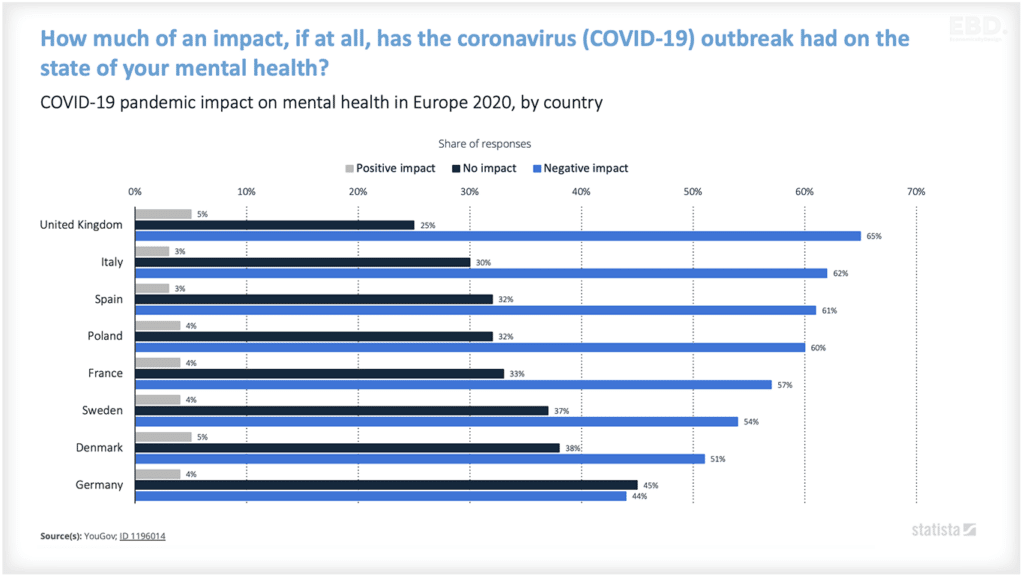The Value Of Care Pathways
Integrated care is increasingly underpinned by formal pre-defined care pathways for individuals with complex needs who need support from a wider range of health and care professionals across primary and secondary care, and potentially social care.
In this article we look more closely at care pathways or pathways of care, what they are, how they are intended to work, and where we might expect to see increased value for patients, the healthcare system, and the wider economy. We also share some examples of evidence-informed integrated care pathways.
What is a Care Pathway in Health Care?
According to the European Pathway Association – link
“A care pathway is a complex intervention for the mutual decision-making and organisation of care processes for a well-defined group of patients during a well-defined period. Defining characteristics of care pathways include:
- An explicit statement of the goals and key elements of care based on evidence, best practice, and patients’ expectations and their characteristics;
- the facilitation of communication among the team members and with patients and families;
- the coordination of the care process by coordinating the roles and sequencing the activities of the multidisciplinary care team, patients and their relatives;
- the documentation, monitoring, and evaluation of variances and outcomes; and
- the identification of the appropriate resources.
- The aim of a care pathway is to enhance the quality of care across the continuum by improving risk-adjusted patient outcomes, promoting patient safety, increasing patient satisfaction, and optimizing the use of resources.”
They reference the following source for this definition: Vanhaecht, K., De Witte, K. Sermeus, W. (2007). The impact of clinical pathways on the organisation of care processes. PhD dissertation KULeuven, 154pp, Katholieke Universiteit Leuven.
The figure below illustrates a care pathway for someone with a chronic condition.
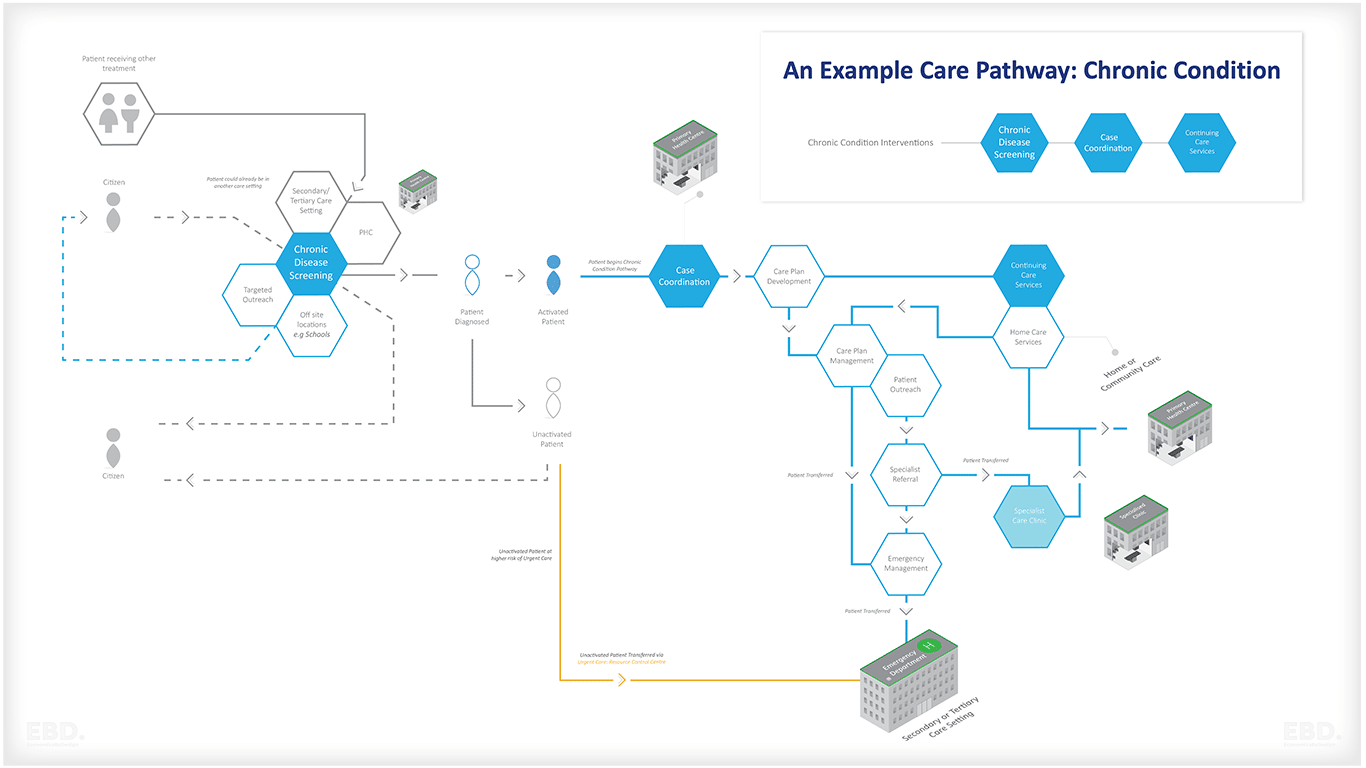
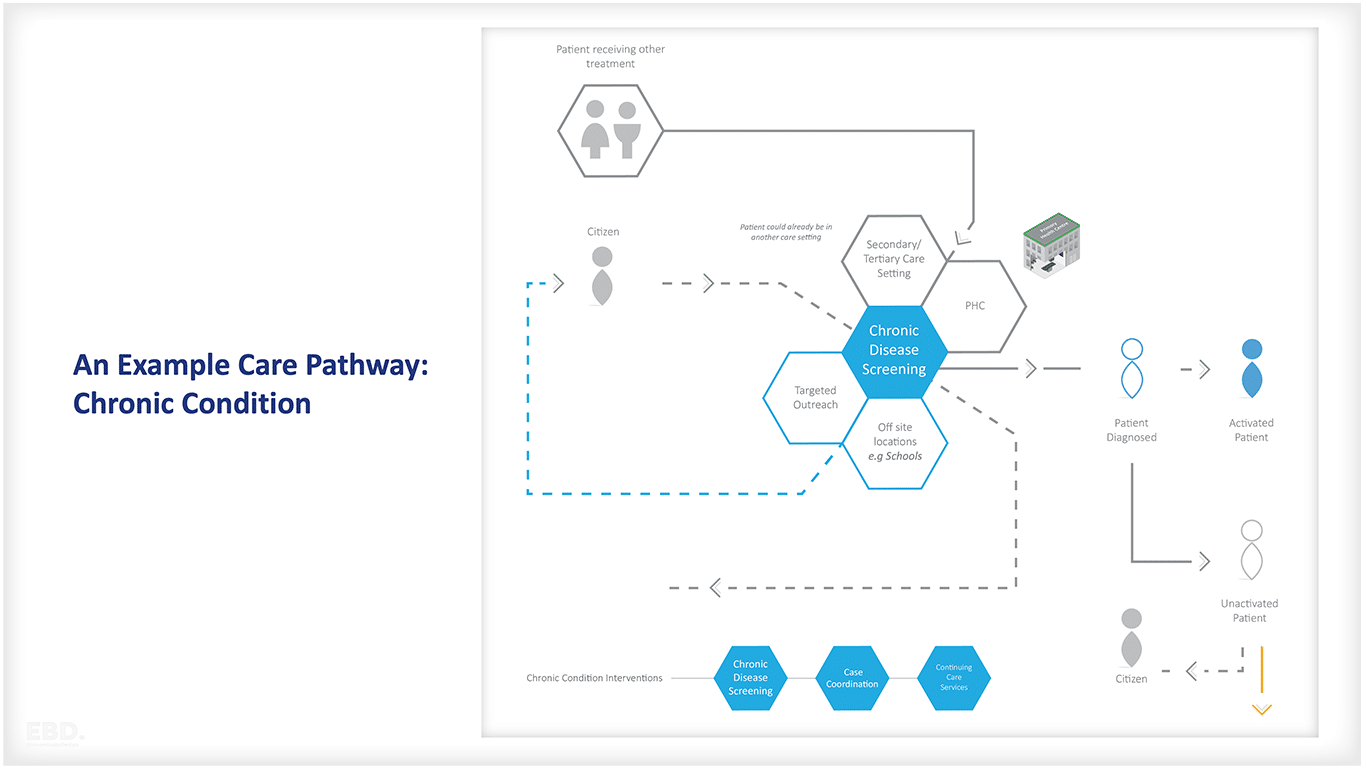
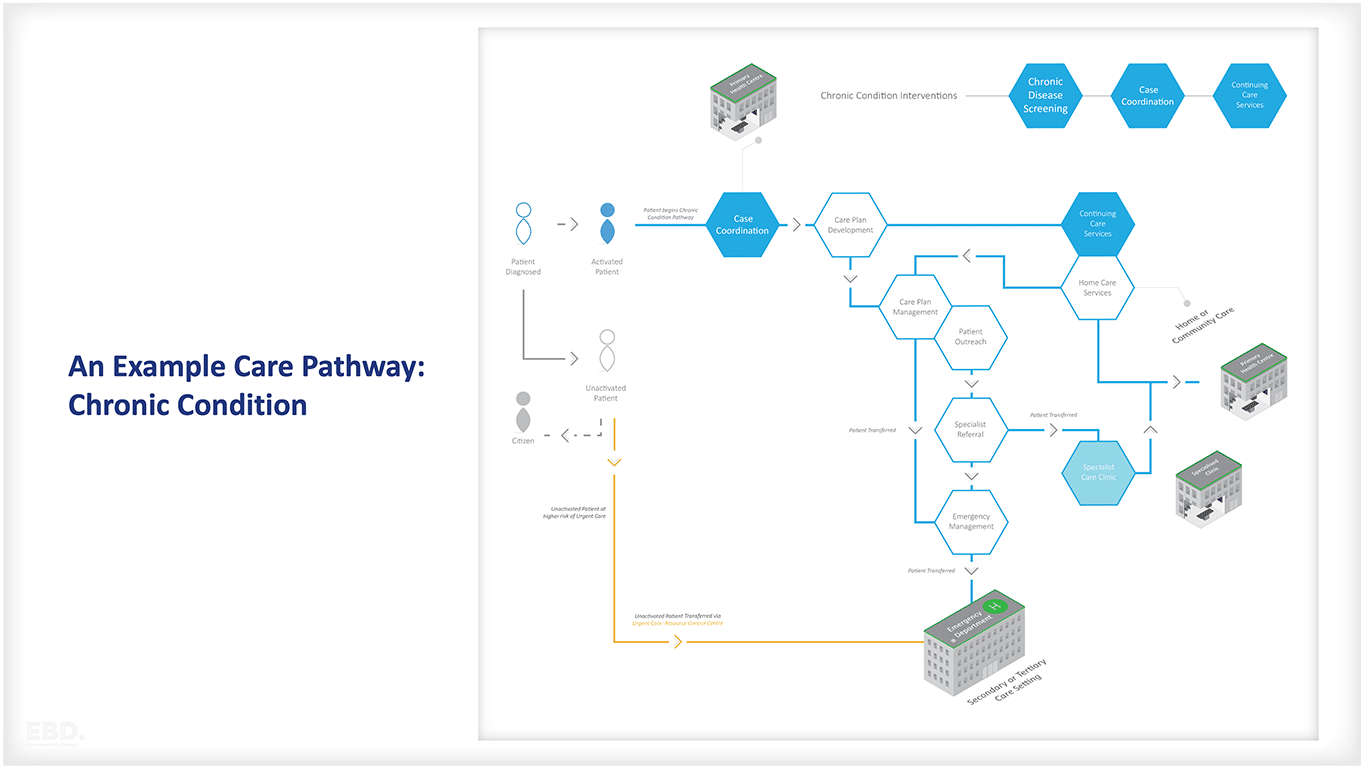
Clinical Pathway
A care pathway differs from a clinical pathway; a clinical pathway tends to be used in reference to specific clinical guidelines governing an episode of care, or the management of hospital care.
Care Plan
A care pathway also differs from a care plan; a care plan is a specific programme of care agreed upon between an individual and their health professional and more generally relates to ongoing support.
It is not always necessary to manage a patient’s journey using pathways of care. One-off services for the otherwise well do not require multiple interventions from health professionals across different care settings such as primary and secondary care and often social care.
When Are Care Pathways Needed?
Good quality patient outcomes and patient experience are most at risk when patients need to move around the health and care system to meet their diagnosis, treatment and care needs.
Transitions of care risk failure of care. This can be a result of the failure of healthcare professionals to share important information about the patient’s healthcare requirements, failure to use evidence-informed care healthcare practices consistently, failure to communicate with agencies outside healthcare, and failure to communicate effectively with the patient, and with families and carers. Transitions of care also result in increased waiting times for patients as they “queue” for each new element of their diagnosis, treatment and care to start.
Health system efficiency is also at risk when patients need to move around the health and care system to meet their diagnosis, treatment and care needs. Without a clear pre-defined pathway, this can result in duplication and waste. Often unnecessary tests are undertaken, tests are duplicated, stays in hospital are extended beyond what is required clinically, readmission is required as care at home is not provided to the required intensity or quality or patients, families and carers are confused about their own responsibilities for care management.
Health and care professionals are also likely to face greater stress and pressure as a result of having to care for patients with complex needs without having sufficient oversight of their history, or confidence about what happens when their current episode of care ends.
Evidence-informed integrated care pathways can mitigate these risks. Conditions that typically involve multiple episodes and components of care, involve many health professionals or a multidisciplinary care team across different levels of care, and require high levels of patient engagement in the care processes, are high-priority conditions for the development of integrated care pathways.
Rifat Atun and colleagues (Atun et al, 2010) developed a useful conceptual framework for assessing priorities for integration requirements for specific conditions. This is summarised in the figure below.
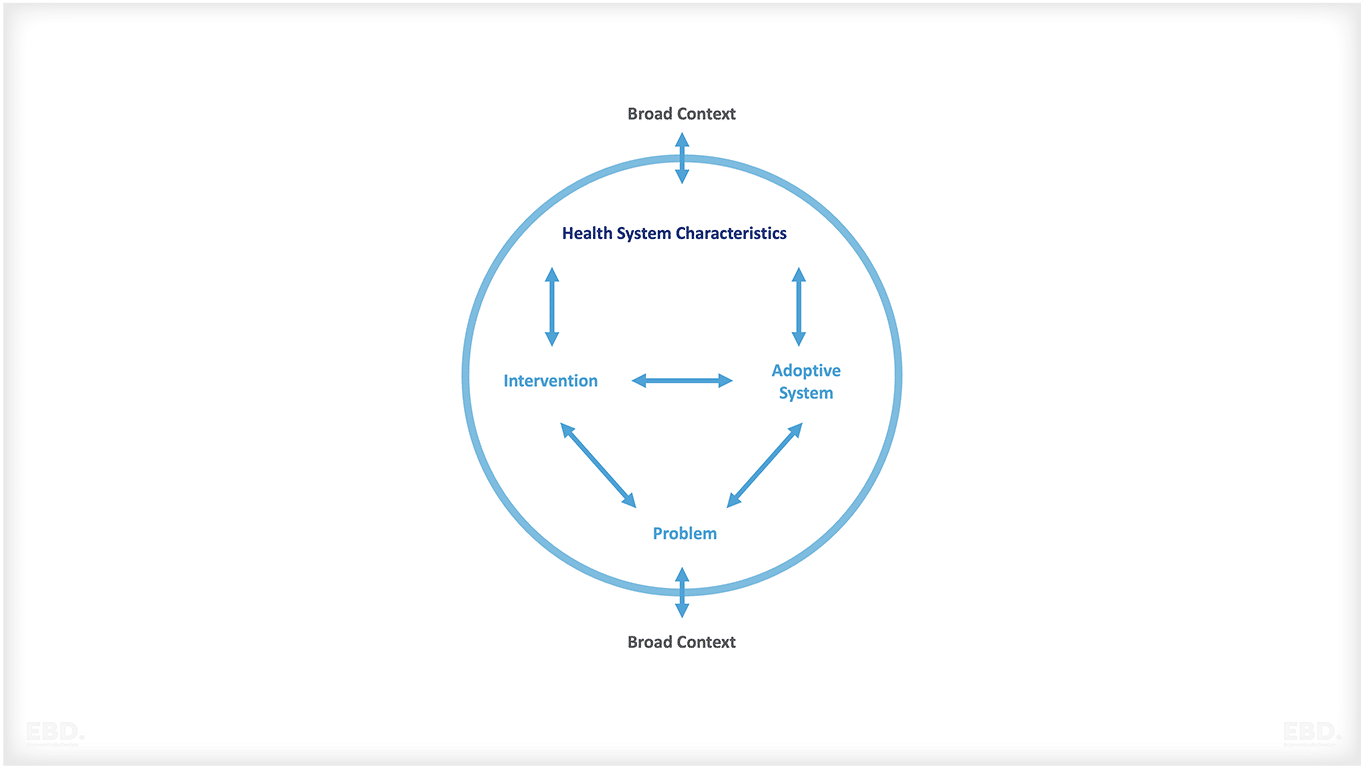
This shows that the need for an integrated care pathway is determined by the complexity of the health problem, the range of interventions required, the design of the healthcare system, and the health system characteristics. The more complex the condition, the intervention and the health system design, the greater the need for integration for a defined group of patients.
What Are The Risks Of Care Pathways?
Care pathways are often developed based on evidence of effectiveness in the effectiveness of diagnosis, treatment, care and condition management for a group of patients. This works well when it is possible to standardise the care process and management, and when there is some predictability of condition progression and responsiveness to management and treatment. However, patients’ needs vary, patient by patient, as does their response to treatment and care management. Care pathways must be taken as a guide rather than followed as a “tick box” process if they are to be person-centred, effective and cost-effective.
Examples Of Evidence-Informed Integrated Care Pathways
There are many good examples of evidence-informed care pathways. Here are a few.
Stroke
A good example of an integrated care pathway is the National Clinical Guideline For Stroke (2023 edition). This provides specifications for system-level pathways including prevention, pre-hospital, hyper-acute stroke care, acute stroke care, TIA services (mini-strokes), rehabilitation, and life after stroke. A 6 year of mixed-methods evaluation (undertaken by UCL 2017) showed impressive impact results from adopting a care pathway approach to Stroke in terms of sustainable improvements in outcomes, improved patient experience, and improved efficiency of care delivery.
Geriatric Rehabilitation
Care of older people with multiple conditions can be very complex. A care pathway for geriatric rehabilitation for older patients was developed in the Netherlands in 2012 for patients with complex health problems. The pathway was designed for patients living at home who for whatever reason had been admitted to a hospital, post-acute geriatric care, and then ongoing care at home. An evaluation of the programme showed significant improvements in patient outcomes and was demonstrably more cost-effective compared to previous practice (Everink et. al, 2018).
Mental Health / Behavioural Health
Another example is the “stepped care” model for mental health in Australia (Butow et al, 2015). This provides a clear pathway for people presenting with anxiety and depression with cancer. It covers screening for anxiety, through diagnosis, assessment, referral and follow-up. A stepped approach is used starting with the least intensive intervention. all are combined with an assessment of the impact of physical health and integrated with cancer care.
Cancer Care
Denmark was one of the first countries to introduce Cancer Patient Pathways (CPPs), from around 2008 as organised patient journeys from diagnosis, treatment and follow-up. The pathways linked primary health care, secondary care, and specialist diagnostic centres with the aim of early detection, diagnosis and treatment of cancers, and effective management for cancer survivors. Several studies have shown that CPPs have reduced waiting times and improved survival rates.
What Are The Value Benefits Of Care Pathways?
Effective care pathways can result in benefits for:
Patients
Faster diagnosis, consistent clinical practice, and shorter waiting times can all lead to improvement in patient outcomes, a better patient experience, and an improvement in patient safety. Costs to patients can fall as they are required to attend fewer unnecessary appointments. If outcomes are improved, this can also increase their ability to add value to their community and the wider economy as they can continue to work and/or provide wider social contributions such as caring or volunteering.
Healthcare systems
Reductions in unwarranted variation in care can improve operational efficiency by reducing unnecessary duplication of tests and services and can lead to fewer and shorter stays in hospital, fewer readmissions, and fewer contacts with health care professionals for any given level of quality. This releases capacity for those most in need and can improve the responsiveness of the health and care system overall.
Health professionals
Clear protocols and pathways should help health professionals to manage the care of complex care with confidence and assured that as care moves across professions, disciplines and settings, the patient’s needs are met.
What Are The Challenges And Issues With Care Pathways?
The key challenge of care pathways is that they require an integrated, collaborative approach across all sectors of healthcare. This can be difficult to achieve and involve overcoming a range of organisational and cultural issues. Low and Middle-Income Countries face many challenges in establishing integrated care, and hence establishing care pathways which can be adopted and followed across all aspects of the health system.
There are also ethical considerations as using a pathway may restrict the scope for professionals to make individual decisions about patient care if this deviates from what is prescribed in the pathway. It is always important to allow variance albeit with associated documentation and rationale.
Finally, changes in technology or medical practice can have an impact on care pathways, requiring them to be adapted and updated regularly. The digital health revolution which was accelerated by the COVID-19 pandemic has had a significant impact on care pathways, through the availability of digital and online tools to support them. Artificial intelligence is also expected to have a big impact on care pathways as it can be used to improve the consistency of diagnosis and referral pathways.
Overall, care pathways are important tools for providing high-quality cancer care and improving patient outcomes. They require an integrated approach with buy-in from all stakeholders across the health system and should be based on evidence that is regularly reviewed and updated
In conclusion, care pathways can provide benefits to patients and health systems if they are well-designed and appropriately implemented. They can facilitate integrated care and reduce variation in practice while improving patient outcomes. However, there are several challenges to be overcome
Care pathways must be regularly evaluated to ensure that they remain effective and appropriate for all patients.
Useful References
Rotter T, de Jong RB, Lacko SE, et al. Clinical pathways as a quality strategy. In: Busse R, Klazinga N, Panteli D, et al., editors. Improving healthcare quality in Europe: Characteristics, effectiveness and implementation of different strategies [Internet]. Copenhagen (Denmark): European Observatory on Health Systems and Policies; 2019. (Health Policy Series, No. 53.) 12. Available from: https://www.ncbi.nlm.nih.gov/books/NBK549262/
Atun, Rifat, Thyra de Jongh, Federica Secci, Kelechi Ohiri, and Olusoji Adeyi. 2010. “Integration of Targeted Health Interventions into Health Systems: A Conceptual Framework for Analysis.” Health Policy and Planning 25: 104–111. https://doi.org/10.1093/heapol/czp055.


